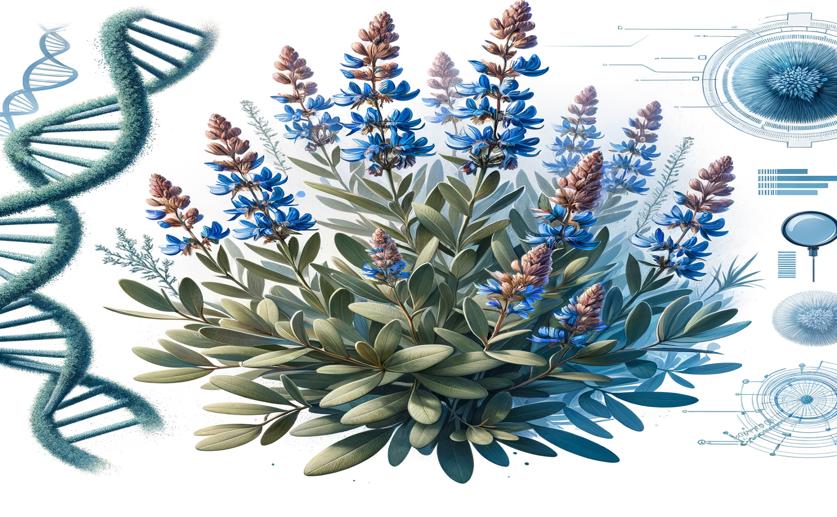
Comparative Study of 10 Sagebrush Plant Genomes Using Advanced DNA Sequencing
Greg Howard
6th June, 2024

Image Source: Natural Science News, 2024
Key Findings
- Researchers from Jianghan University sequenced the complete chloroplast genome of Artemisia selengensis
- The chloroplast genome of A. selengensis has a tetrad structure, similar to other Artemisia species
- The genome's structure and size are consistent with related species, aiding phylogenetic analysis
- Specific genes and pseudogenes, like the rps19 pseudogene, were identified, useful for evolutionary studies
References
Main Study
1) Comparative and phylogenetic analysis of the complete chloroplast genomes of 10 Artemisia selengensis resources based on high-throughput sequencing
Published 5th June, 2024
https://doi.org/10.1186/s12864-024-10455-3
Related Studies
2) Artemisia selengensis Turcz. leaf extract promotes longevity and stress resistance in Caenorhabditis elegans.
3) Antioxidant activities of various extracts from Artemisisa selengensis Turcz (LuHao).
4) Preliminary structure, antioxidant and immunostimulatory activities of a polysaccharide fraction from Artemisia selengensis Turcz.



 4th June, 2024 | Jenn Hoskins
4th June, 2024 | Jenn Hoskins